A Look Back: Upper Valley grocery stores change with the times
| Published: 11-06-2023 1:57 AM |
Talk about all the things that have changed in the Upper Valley since, well, 1950 — the interstates, the rising influence of Dartmouth College and its ever-expanding health care colossus, disappearance of textile mills and hill farms, staggering gains in real estate values — but it’s easy to miss one of the most important and basic: how we get the food we consume.
Actually, the revolution in the region’s grocery system was largely complete by the end of the 20th century, and now, almost a generation later, it has settled into a highly competitive battle between chain food marketers at one level and at the other a swarm of smaller retailers, often chain-owned whose main offering is usually gasoline and diesel fuel instead of human food.
Go back to the time of the Korean War and groceries in the Upper Valley were largely marketed by venerable general stores and neighborhood-scale mom and pop establishments. Those were stores where they cut up quarters of beef onsite, offered only heads of lettuce, and sold an array of canned fruits and vegetables, plus sharp cheese custom cut from a 40-pound wheel and lard in five-pound pails.
The closest to “chain” were various small stores sort-of-united under the “Nationwide Stores” moniker whose grocery items were supplied by small regional wholesalers such as Cross, Abbott in White River Junction. Stores usually bore the names of their owners, like Sharky’s and White’s in Lebanon, Aher Brothers in Hartford, F.W. Wadleigh and Dion Brothers in Claremont. Terino’s and Bob Gunn’s in West Lebanon, Plummer’s in Plainfield or Al’s (short for Al Lauziere’s) in Hanover. These stores would have a customer base drawn from within a radius of three or four miles.
In the 1950s most of these hyperlocal establishments extended credit, with patrons billed at the end of the month, and many carried for months on end, with the store being a sort of lender of last resort for hard-up customers. There were stores where customers could expect to be served in their native tongue if necessary, like French at Lague’s in Lebanon, or Polish at Sawchik’s in Claremont.
The first true chain food stores to come to the Upper Valley were the Great Atlantic and Pacific Tea Company’s A & P Stores, which usually operated out of downtown storefronts, such as one in White River Junction. First National Stores arrived in the region in the mid-1950s and edged the field closer to what a supermarket now looks like, but by today’s standards they’d be considered “superettes” with their small produce sections and limited numbers of grocery items available.
Some of the neighborhood-scale operators took notice of the superette trend and began expanding their floor space and broadening the mix of meat, produce and grocery products they offered. Such was Stan’s on Maple Avenue in Claremont where Stanley Mozden saw which way the grocery trade was going and built a new up-to-date store to meet the emerging changes. Mozden also saw that the hundreds of small food marketers across New Hampshire needed better wholesale support so he became the spark plug for a state grocer trade organization and creation of a cooperative to aggregate members’ supply needs.
Mozden’s vision led to formation of Associated Grocers of New Hampshire, which would become a bulwark for small, independent food stores, It would later morph into a New England-wide wholesaling organization serving independent retailers, restaurants and institutions of every stripe today. One of AG New England’s biggest customers would eventually become the Hanover Consumer Cooperative Society’s four Upper Valley retail locations, after having started out as a tiny market squeezed into downtown Hanover in the 1930s.
Article continues after...
Yesterday's Most Read Articles
Cross Abbott introduced Red & White-brand groceries to the many Upper Valley general stores and neighborhood markets and then it went after the emerging supermarket sector by erecting a massive warehouse along the rail tracks in Hartford, and it ventured further with a supermarket concept dubbed Super Duper. These stores brought the fresh, modern retail grocery store look, and featured a peculiarly 1960s gimmick: trading stamps. The stamps might be S & H Green Stamps or Top Value yellow stamps, and customers pasted them in booklets and when enough were accumulated they could be taken a special stamp redemption store to obtain merchandise, such as a toaster or set of glasses.
Super Dupers and the Cross Abbott warehouse would later be taken over by a New York supermarket chain and operated as P & C (for producers and consumers) for several years. Another Empire State outfit, Grand Union, would operate in the Upper Valley and eventually some locations slid into another New York chain, Price Chopper.
The 1960s witnessed rapid change in food marketing in the Upper Valley. A & P faded away, as did First National, along with dozens upon dozens of general stores and neighborhood markets. An up-and-coming Massachusetts chain, Purity Supreme, set up shop in the Upper Valley’s first large-scale shopping plaza in West Lebanon and accelerated the pattern of food shoppers driving greater and greater distances to get groceries. Purity Supreme brought various newfangled gimmicks, including a conveyor system that trundled shoppers’ grocery bags out to the curbside for pickup.
Purity Supreme and later entrants in the supermarket space brought great changes in the way meat and grocery wholesale supplies were assembled and distributed to stores. Swift & Co. in White River Junction and Armour in Woodsville would eventually be closed, their role absorbed into the warehousing and logistics systems of the major players in the supermarket business. The surviving small, independent grocers would rely on a shrunken network of suppliers. One notable entity in this sector was C & S, which had a small warehouse in Claremont. Keene-based C & S would go on to become a multibillion dollar force in grocery distribution; it now is a key player in the pending Albertsons-Kroger realignment at the national level.
Shaw’s would arrive in the 1980s and a decade later, Hannaford’s. Then came what have become the Upper Valley’s biggest food retailers, Wal-Mart and Market Basket, one a huge national brand and the other a distinctly New England chain still owned by its founders, the Demoulas family. The Claremont Market Basket is reputed to be the largest volume grocer in the Upper Valley region. And stores of this scale offer tens and tens of thousands of items for sale.
Today there’s a war going between the big chains that dominate the food trade in the Upper Valley — it’s a war in a highly competitive, low-margin business, and in a decade the region is likely to see a shuffling of brands and probably some disappearance or complete rebranding.
Much of what remained of the old local neighborhood stores drifted into the other major food retailing field, the convenience store, usually referred to in the trade as the C-store.
Most of these in the Upper Valley are petroleum marketers first and foremost, with tobacco, alcohol and gambling products, food-to-go and only a modest array of grocery items on offer. Even this category has come to be dominated by chain organizations. Cumberland Farms, Jiffy Mart and Jake’s lead the way in the Upper Valley.
But a few family owned and locally rooted food retailers carry on these days. At the top of any list of those will be Dan & Whit’s in Norwich, which can sell you crackers, soup, a nice cut of beef or some wine, in addition to its eclectic assortment of hardware and other stuff for country living.
These stores offer a lot more than limited groceries, scratch tickets and gasoline, however — a thing the big chain stores can’t deliver, even if they tried. That’s community. It’s where folks can go and be recognized by name, where local news is exchanged and friendships develop, where if somebody hasn’t been seen in a couple of days the police will be tipped off. A list can go on and on about what a locally owned and operated store brings.
Towns where one of these institutions still exists are blessed.
Steve Taylor lives and farms in Meriden. This item is from his self-published memoir “Recollections of a Life in Newspapering, Farming & Public Service.” He contributes occasionally to the Valley News.

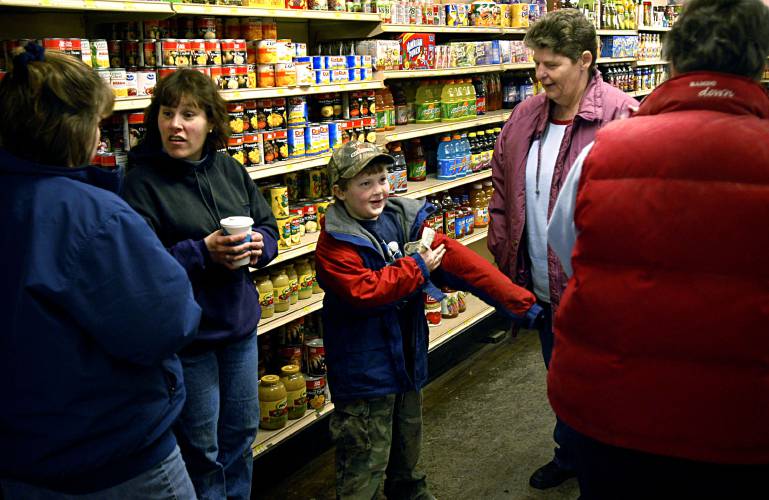
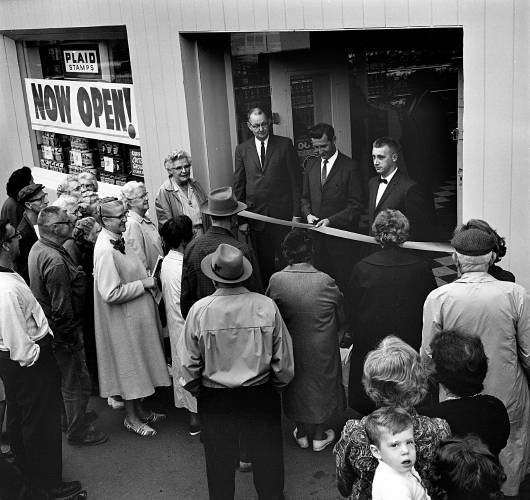
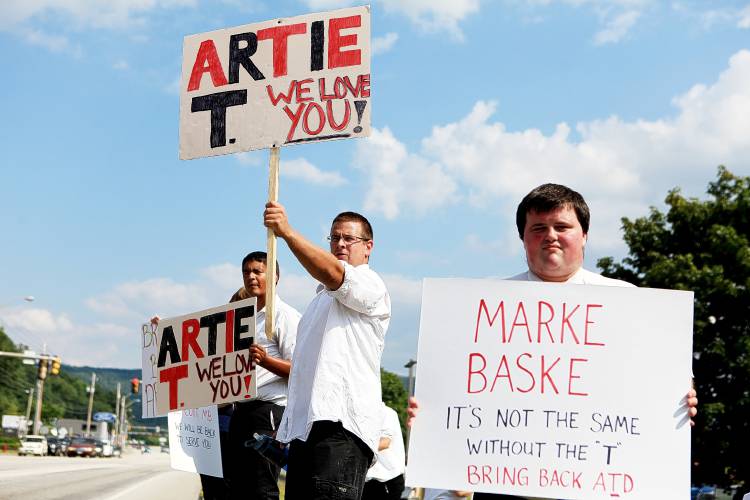
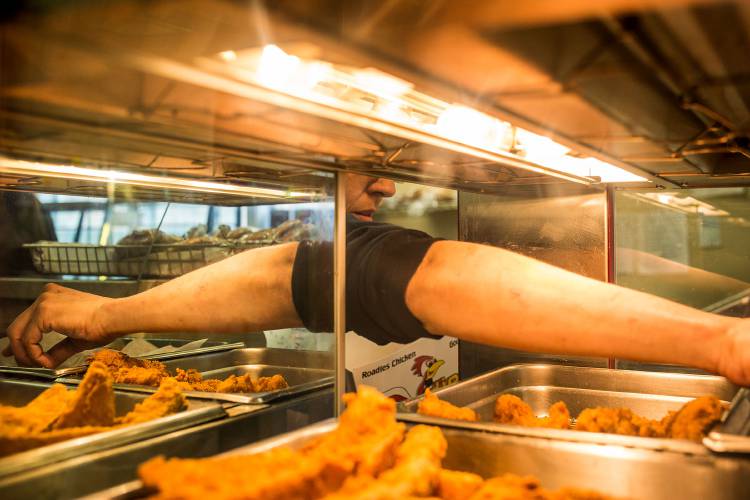
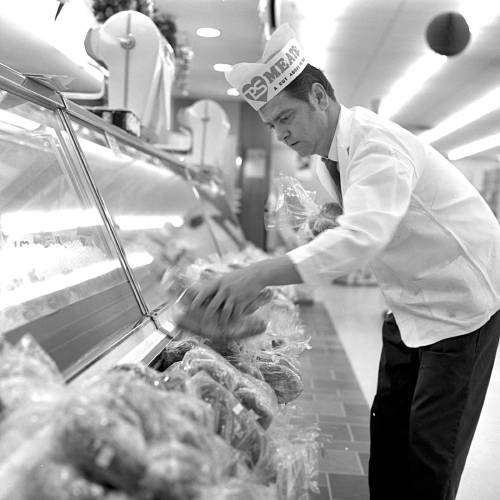
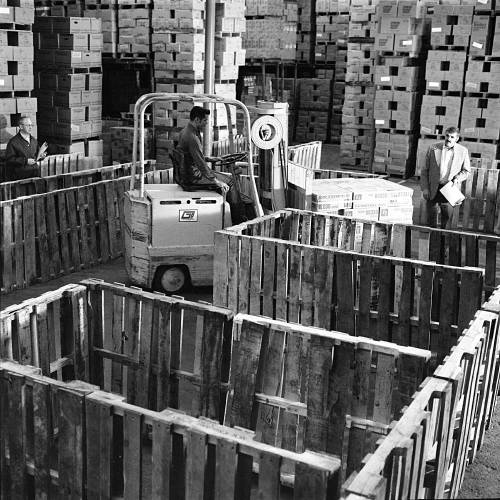


 Students take down pro-Palestinian encampment at UVM
Students take down pro-Palestinian encampment at UVM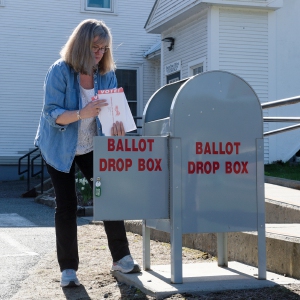 Sharon voters turn back proposal to renovate school
Sharon voters turn back proposal to renovate school Dartmouth administration faces fierce criticism over protest arrests
Dartmouth administration faces fierce criticism over protest arrests
